By this point, most people will probably have heard something about the infamous Rondu Gorge on the Indus River in Gilgit-Baltistan, the northern part of Pakistan, bordering China.
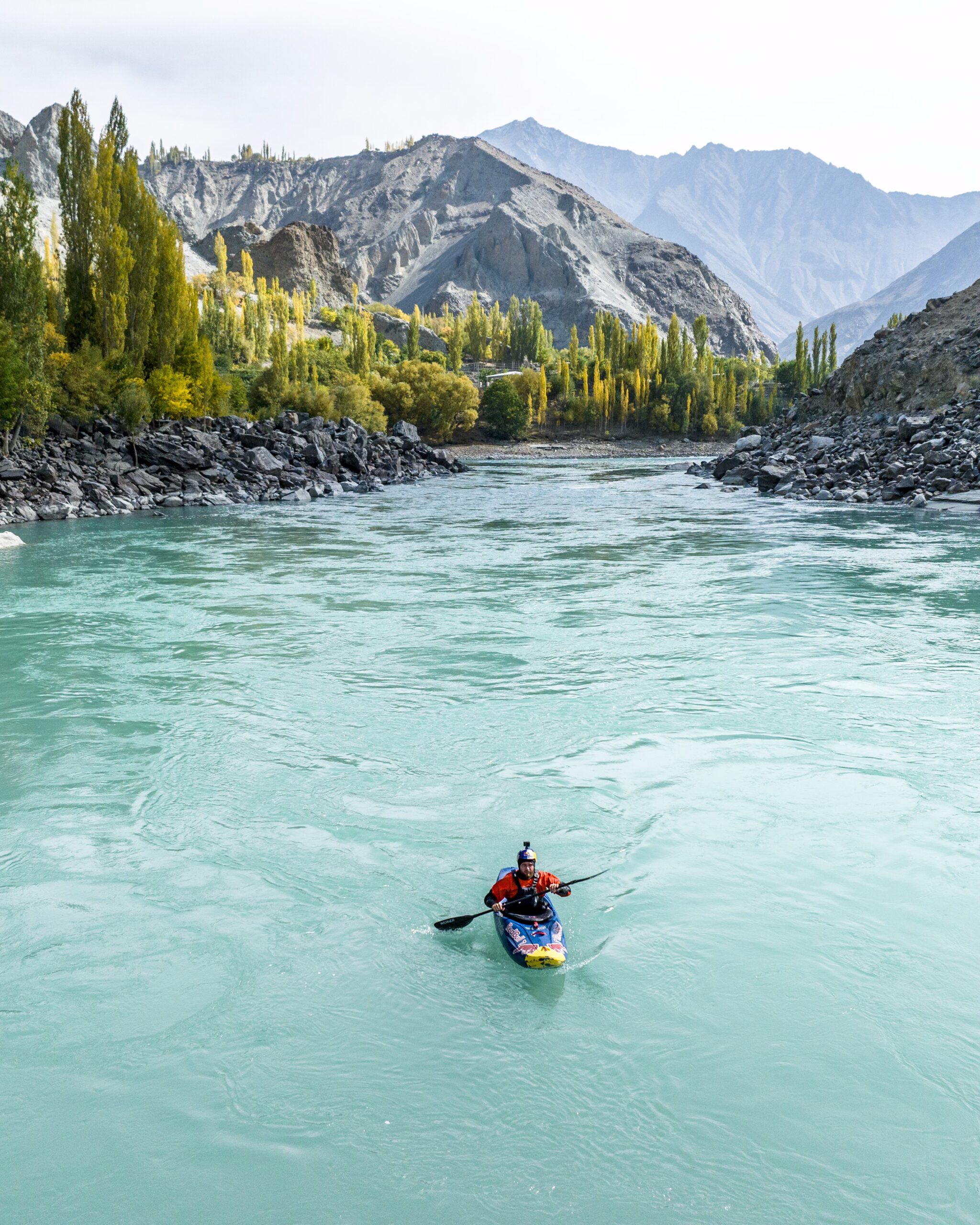
The Indus is renowned as one of the most challenging rivers you can do in a kayak; every lap from any paddler has created wild stories of big lines they’ve seen, random things that have happened, or big surfs at some point during a decent.
This wasn’t my first time on the Indus; Bren and I had the chance to hop on a spontaneous trip with friends back in 2017. It was super fun, and we got to paddle the Rondu Gorge. Still, it had a mix of weird water levels, sickness, a freshly thrown-together group that hadn’t paddled together before, rockfalls due to road blasts, and many other issues- it never felt like I had “checked off” the Rondu Gorge. It was always a strong case of “unfinished business.”
I have been trying to put together a trip back to the Indus for around two years now, yet every winter, there was another reason why it would be a lot better to push the trip back another season and another season; eventually, I was over it. This year, I told myself I’d return to the Indus no matter what; worst case, I’d go for a solo lap. Luckily, it never came to that since Eirik Hansen and I got talking after a shared lap together on the Myrkdalselva in Norway this summer. He also mentioned a strong interest in returning to Rondu, having encountered challenges similar to mine on his prior trip.
The idea was there! Next up was Eirik, who sent a four-line long email to our contact in Pakistan, Ali from Golden Peaks, who has been taking kayakers into Rondu with exceptional service since 2016 and, by now, has it figured out. Logistics recently changed significantly in the Indus Valley; having a fully built highway compared to a narrow, bouncy dirt road changes things, and you can now make the drive from Gilgit to Skardu in 4 hours, instead of 18.
After Ali got back to us with an extended travel itinerary and more, all that was needed was to spread the word amongst friends who might be interested in joining, buy some flights to Pakistan, and see who else was up for it.
With that tactic at hand, we quickly ended up with an amazing group of great friends who all had regularly paddled together and had similar aspirations as to why we would want to return to the Rondu Gorge.
Before going to Pakistan, I thought quite a bit about which boat to take; in my head, I had already made up my mind. I am so stoked about everything the ReactR does on the water; I trust this kayak more than any other when it comes to stability, predictability, and keeping my bow dry over things; the way it engages with the water is unique.
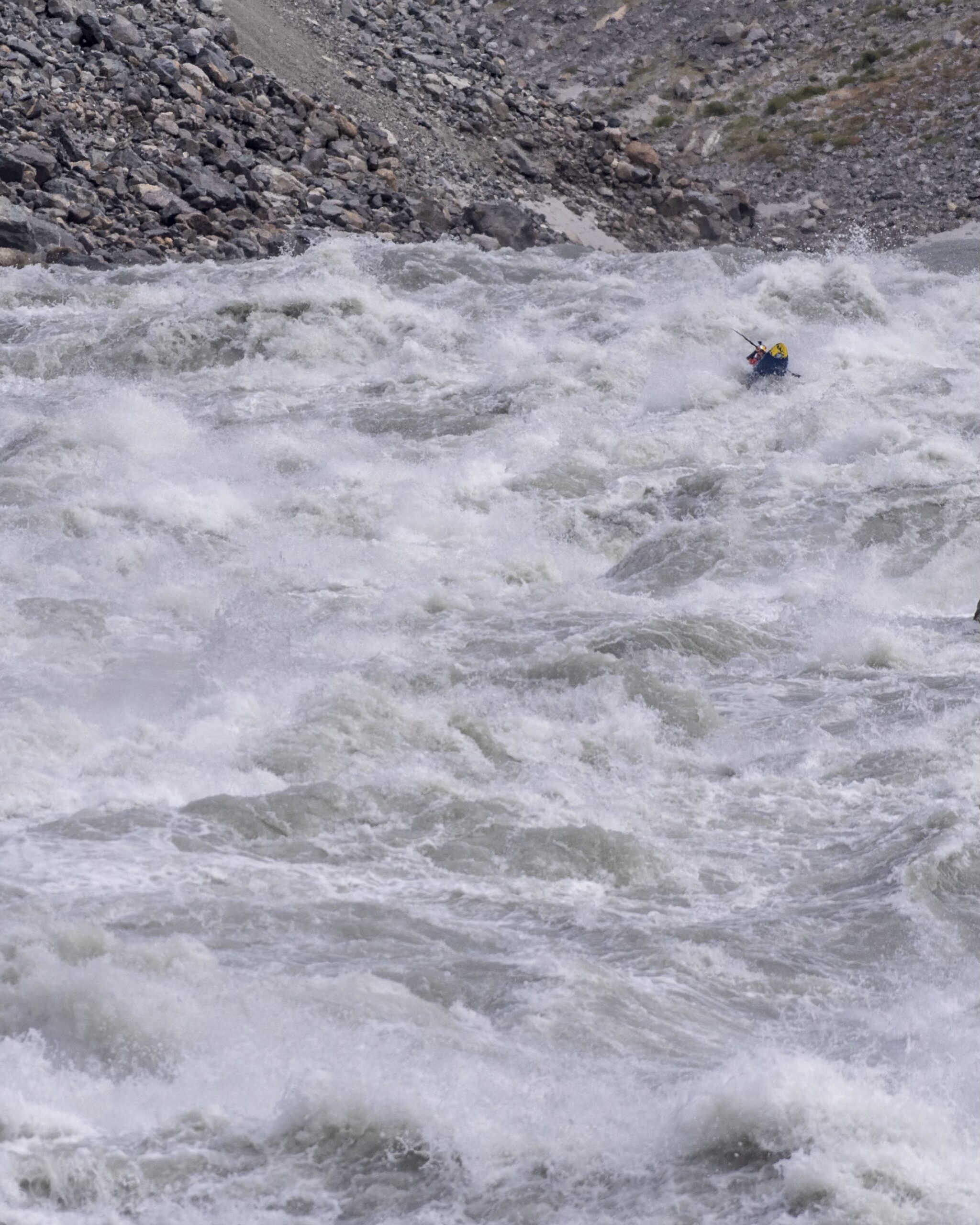
Shouldn’t I be looking for a boat with maximum volume for such a powerful and steep river like the Indus? I personally don’t think so, and never have. Having spent so much time in half-slice designs before, I can fully appreciate their benefits over traditional, full-sized creekers in how they interact with the water.
Saying that, every half-slice kayak has its limitations and doesn’t perform at peak potential levels in certain types of whitewater – and this is where the ReactR slots in for me.
When the river gets big and pushy, of course you want to float over as many things as possible to be stylish and conserve energy.
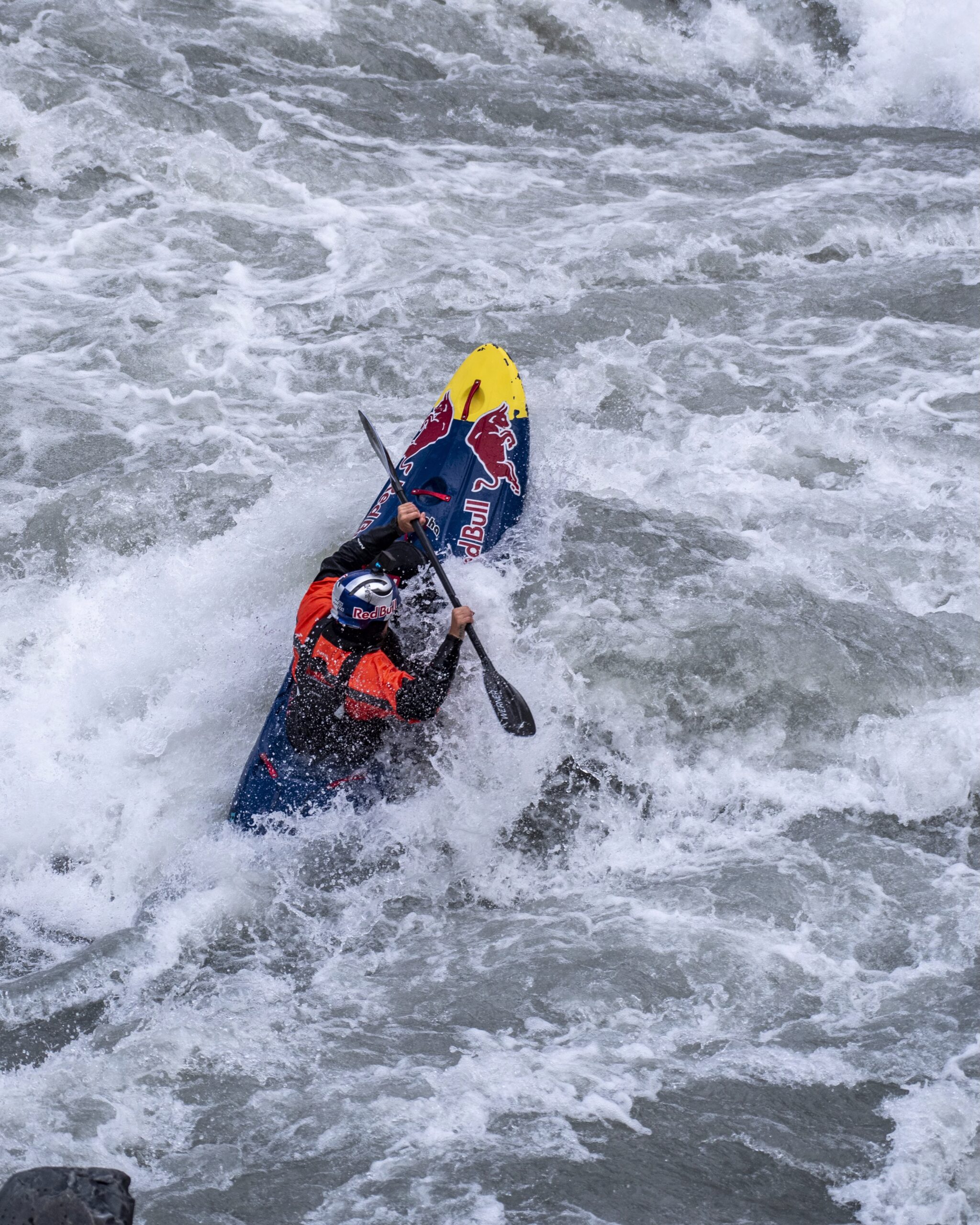
At the same time, you don’t want a kayak that is so big and bulky that it can get grabbed and thrown around or spun out by every wave hitting you from the side; there are quite a few at times.
Coming into this type of whitewater in the ReactR, which is so floaty, stable over boils, and moving through currents, it was just incredible to be the pilot of this kayak; that’s honestly the closest I can describe the feeling of paddling this boat.
Being able to use the breaking top of waves as a launch pad to pull yourself over, generate air time, throw in a little whip, land on an edge to move towards the next feature, throw a quick hip flick to get yourself around a hole, move around to the next wave, and line up the feature downstream – the ReactR moves very much in a Flow State type of way. I am someone who can appreciate this highly, simply loving kayaking for what it is in this design! A very unique, creative, and, most importantly, super fun way to interact with whitewater!
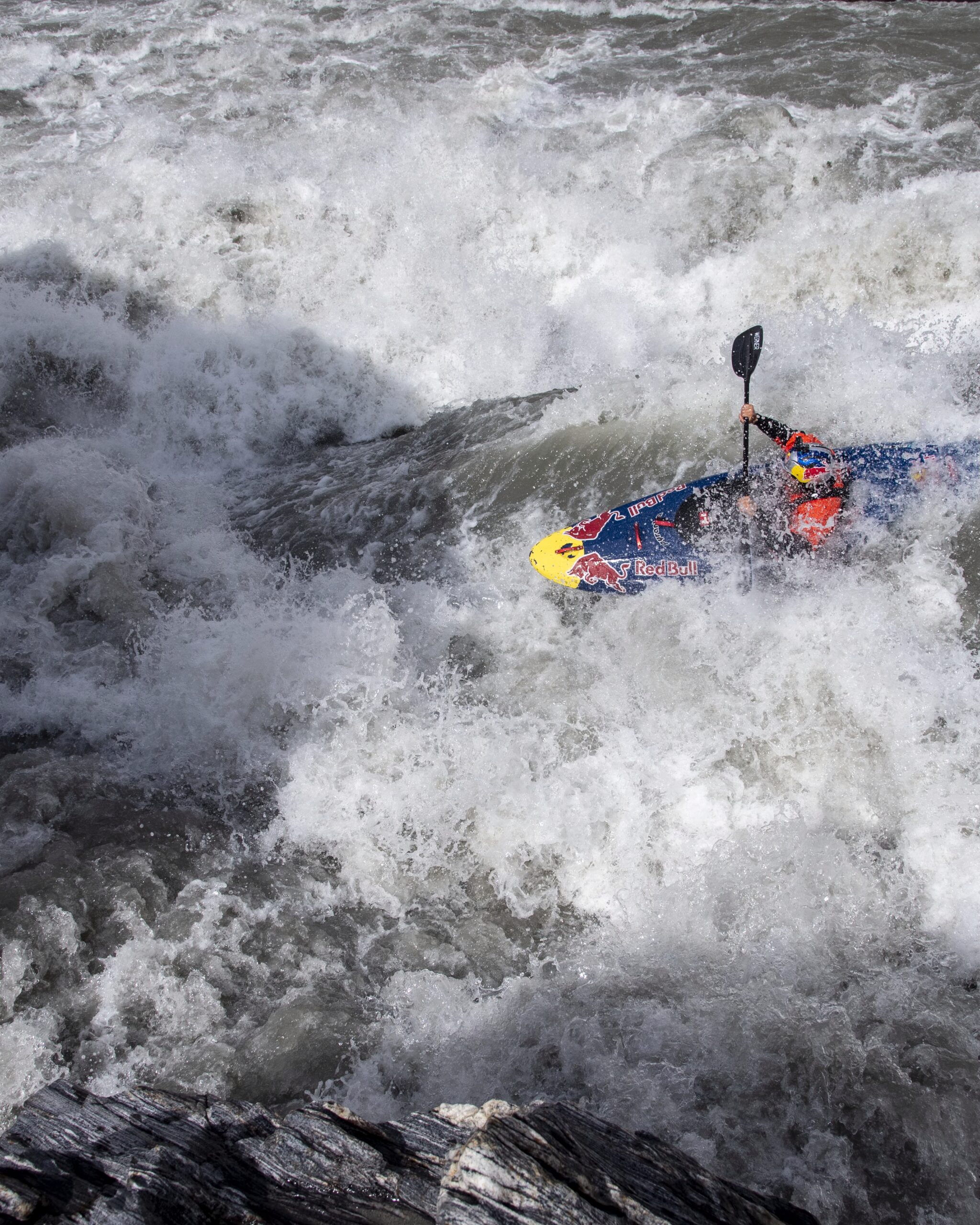
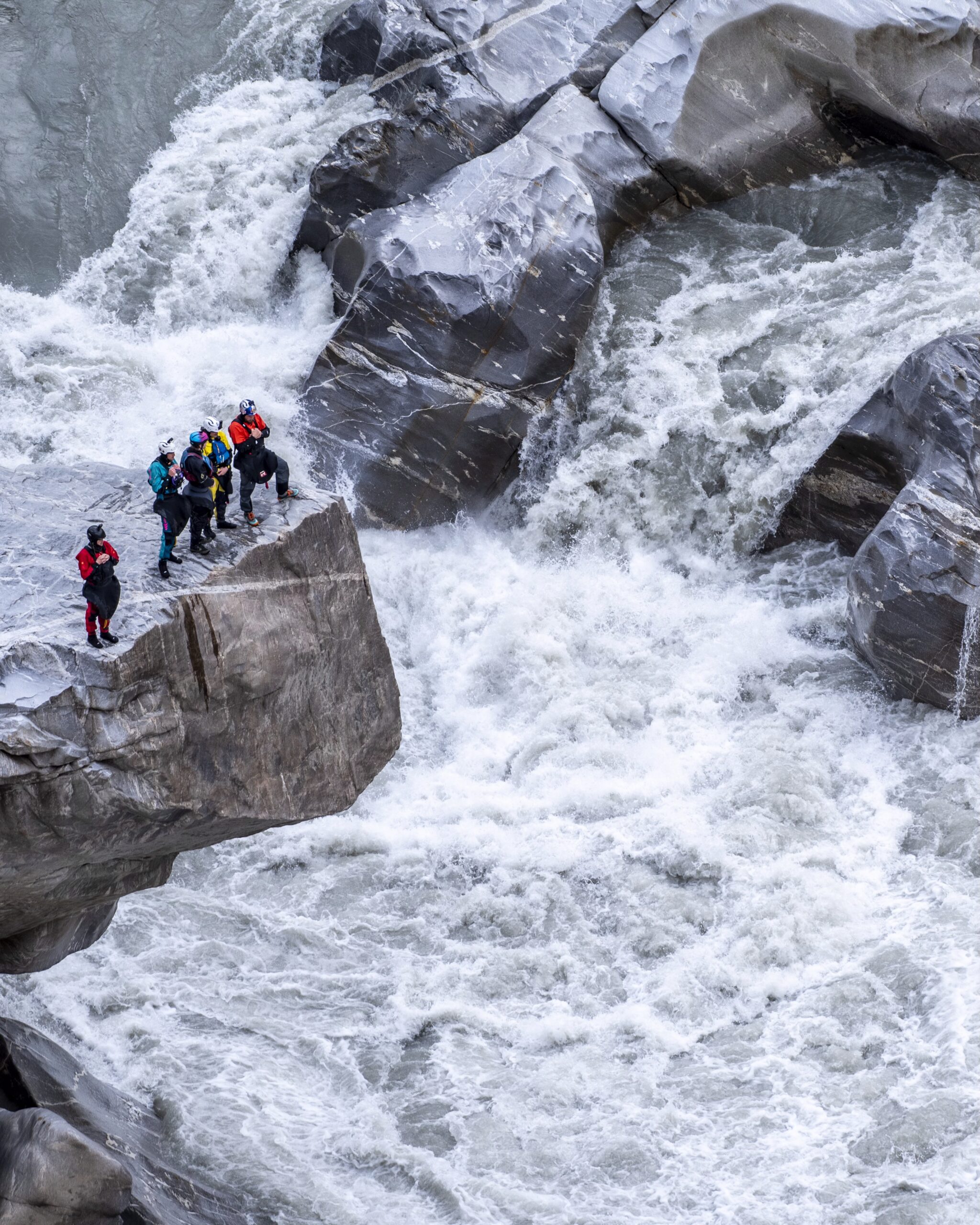
Often, I challenged myself on this trip, asking myself before the rapids which ideal kayak I’d be in right now for different specific features and lines to take. The ReactR always came out on top. Whether big ferries, consequential boofs over gnarly holes, or just a beautiful wave train with potential for flips, whips, and surfs, I was always in my favourite kayak for every moment on the Indus.
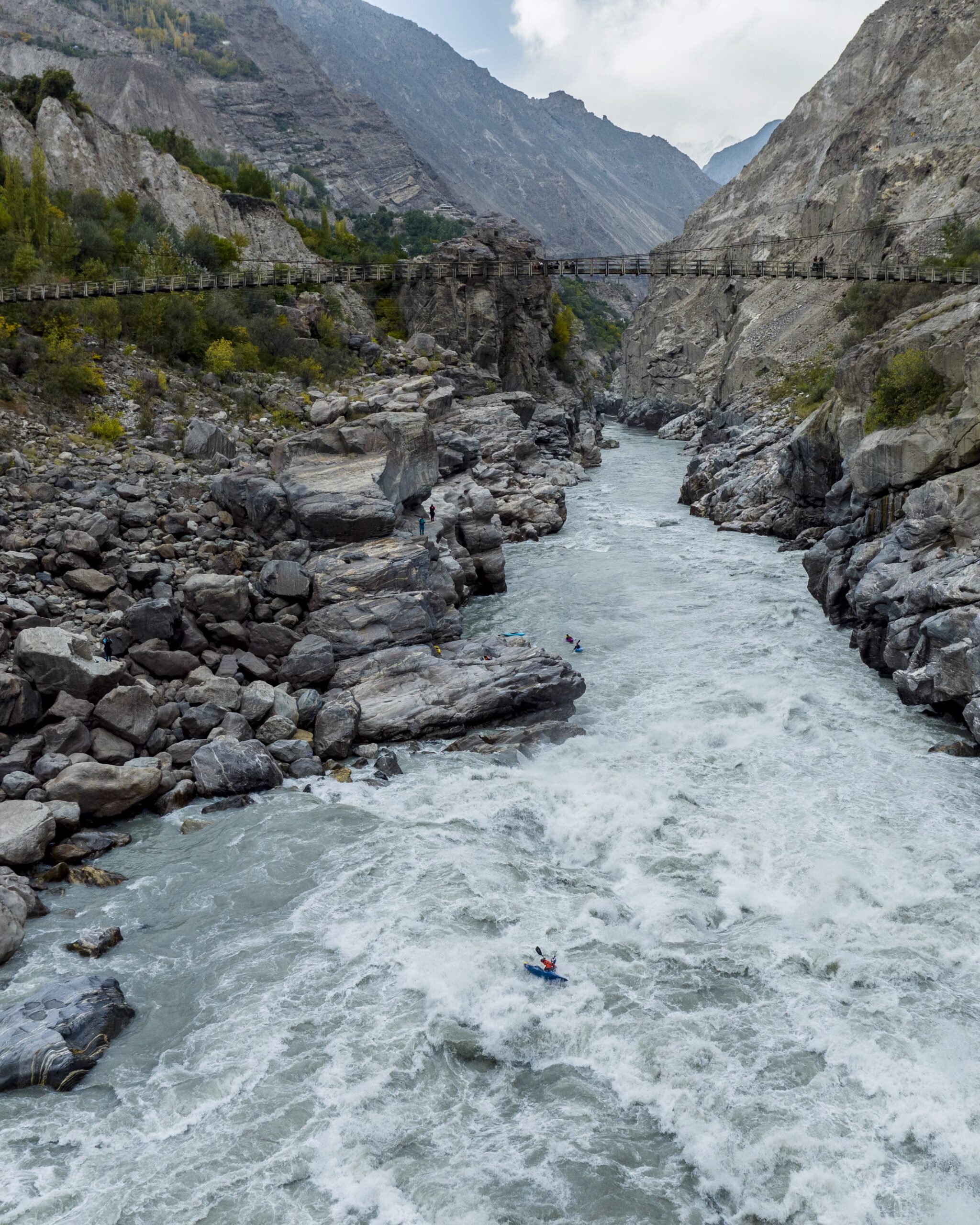
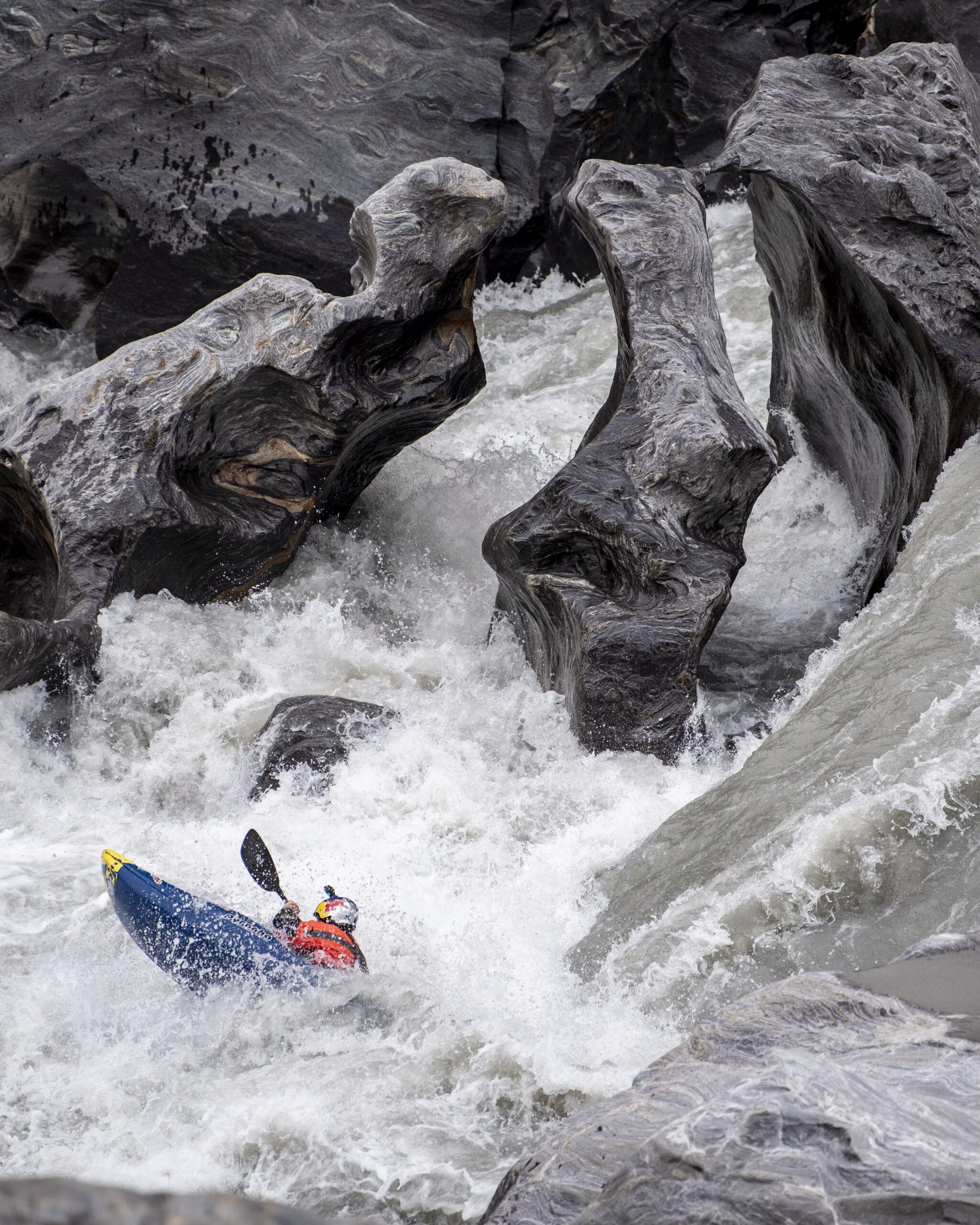
Undoubtedly, this helped inspire me to go and run big lines out on this Rondu lap.
After arriving at the takeout seven days after putting it on, I can now happily tell myself that “business is finished” on the Rondu. I’m sure I will return to this incredible section of river again, but this trip was the one where I pushed myself the hardest, and I was just so thankful to be in a kayak which allowed me to do exactly that.
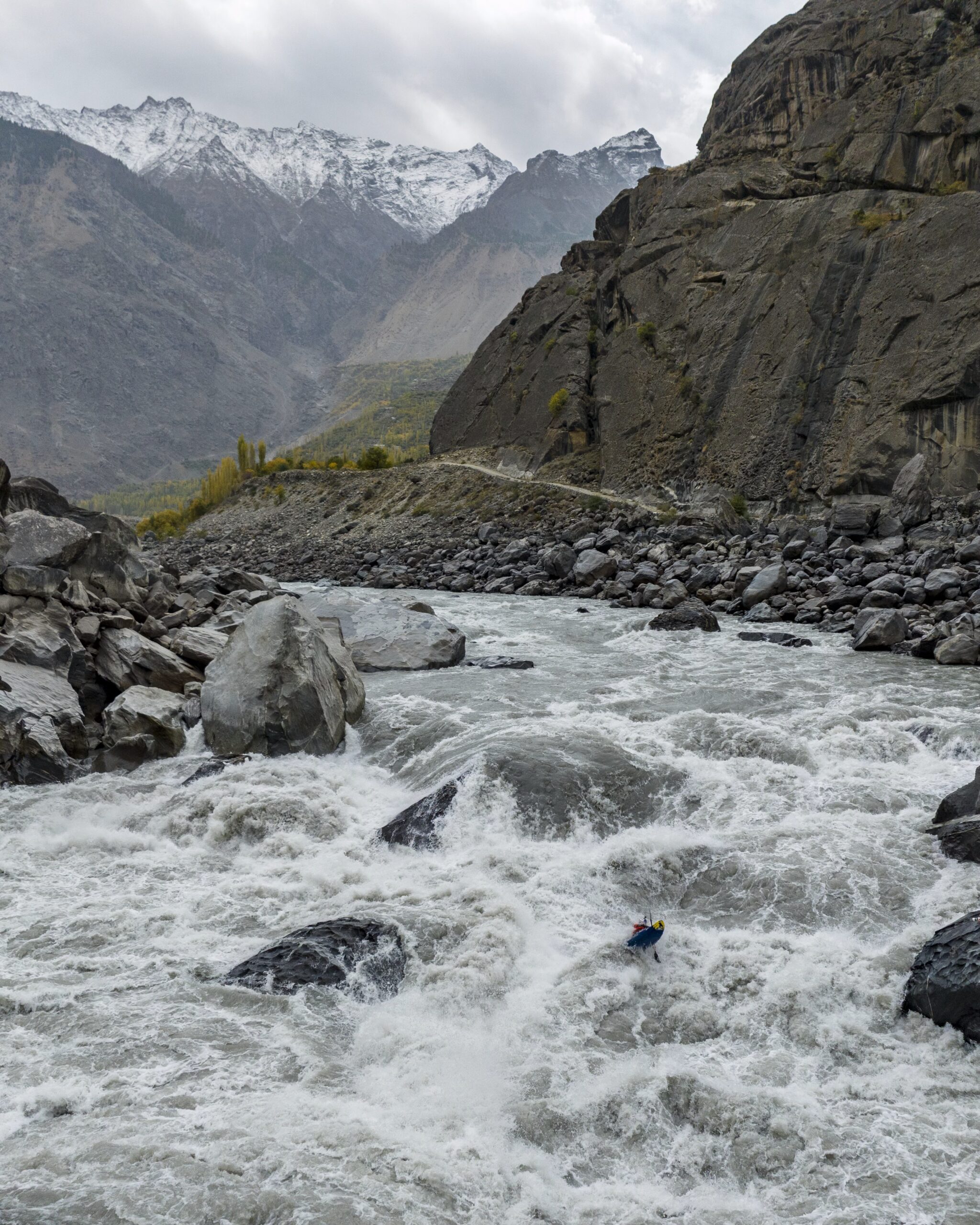
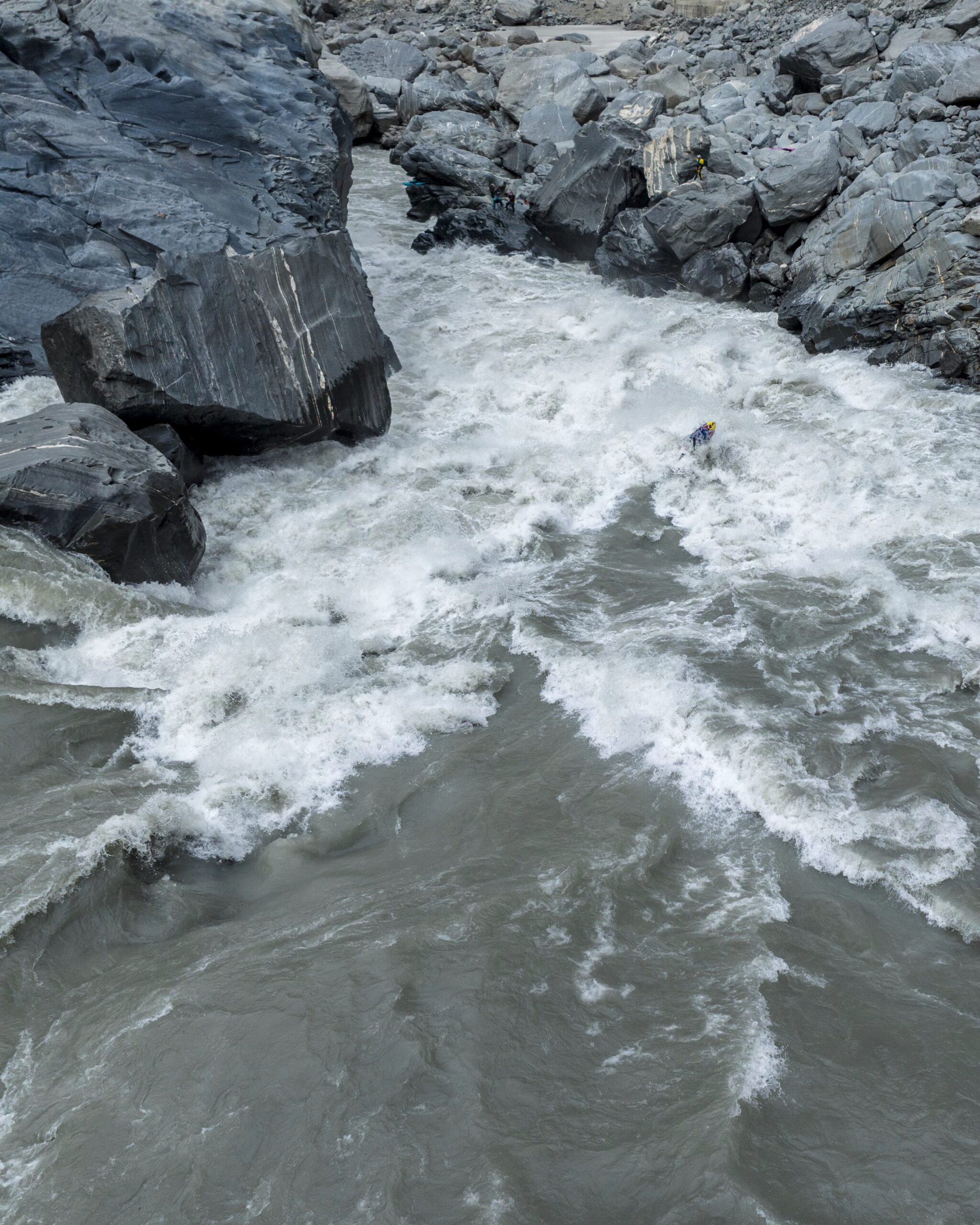
Thank you, Pyranha, for coming up with such an incredible kayak! Everyone who has not tried one yet, I can only highly encourage you to test the boat and feel the difference for yourself!
Cheers, and see you on a river,
Adrian
All Pictures © David Sodomka: https://www.davidsodomka.com



